Calico Cat Facts
The post Calico Cat Facts appeared first on The Catnip Times.
Often thought to be a breed of cat, calicos are misunderstood. From the genetic construct to popular myths, we demystify the beautiful calico cat!
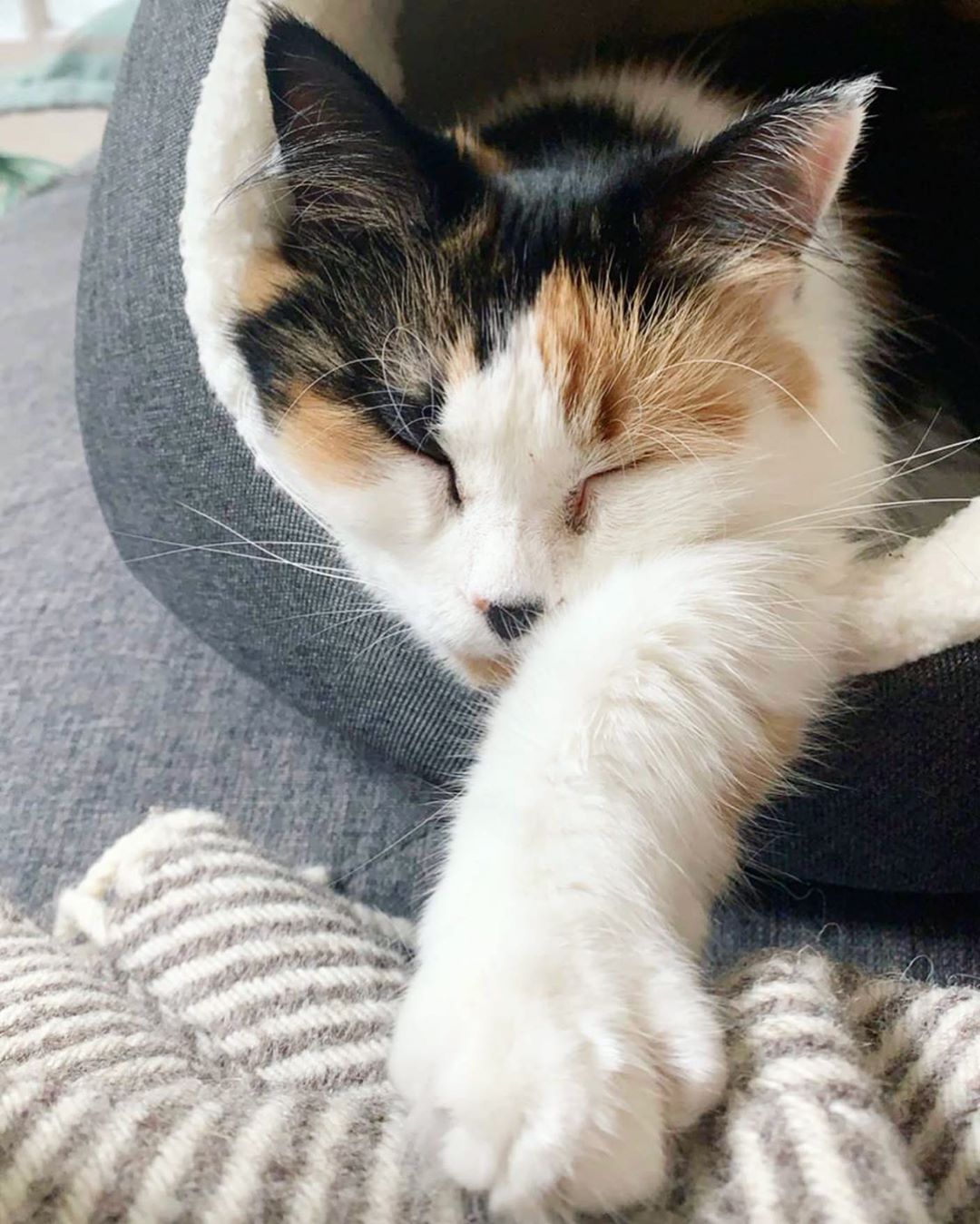
@ladybeatrice_thecat is a foster fail who lives with her adopted brother, Poe.
Fact 1: All Calicos are Not Female
You may hear that all calicos are female, but actually about 1 in 3,000 cats are male. Why? It comes down to genetics. The colors black and orange link to the female, X chromosome, which is why the majority of calico cats are female. However, in rare cases, a male cat can have an extra X chromosome which could have the black or orange gene to make the male cat a calico. Also interesting, is that male calicos are usually sterile and have Klinefelter Syndrome. Klinefelter Syndrome only exists in animals (including humans) who have XXY chromosomes instead of XX or XY.
This is Meena. Her IG handle is @meenathekitty. Meena was adopted from a cat shed on a farm and now lives a spoiled life in Iowa, USA.
Fact 2: Calico Cats Are Not A Breed
Calico cats are loyal, playful, and spunky. But the calico’s behavior actually has nothing to do with her coloring. A calico cat’s attitude is more of a result of the cat’s breed rather than the coloring. Again, calicos are not a breed of cat, but rather a color pattern that can occur in any breed that carries the colors orange, black, and white. While almost every breed and mixed breed has a calico coat, these 11 show breeds are officially recognized by The International Cat Association to have the calico pattern:
- Manx cat
- American Shorthair
- Maine Coon
- British Shorthair
- Persian cat
- Japanese Bobtail
- Exotic Shorthair
- Siberian
- Turkish Van
- Turkish Angora
- Norwegian Forest cat
Tango is a Sphynx cat with calico colorations. You can follow her on Instagram @tangothesphynx and check out her hashtag #tinytango.
Fact 3: Calico Cats Originated in Ancient Egypt
While scientists cannot be 100% certain, many believe that calico cats originated in Ancient Egypt. It is likely that Ancient Egyptian merchants took calicos aboard their ships to hunt mice. These traveling cats spread throughout the world, and spread their genetics as well. The calico coloring is therefore common across the Mediterranean and elsewhere. Today, calico cats can be found in nearly every corner of the globe and their recognizable color pattern is known worldwide.
Teo is from North Carolina where she lives with her sister, Nora. You can follow the sisters on Instagram @teo_nora_sister_kitties.
Fact 4: Calico Cats Are Considered Lucky Cats
Many cultures consider calico cats to be extra lucky. And this is particularly true for the Japanese. For many years Japanese sailors would travel with these lucky calicos aboard their shipping vessels for extra protection. The “beckoning cat,” or Maneki-Neko, is a popular figurine which is believed to bring good luck to its owner. Traditionally, the Maneki-Neko is a bob-tailed calico cat!
Because calicos cannot be purposely bred, they can be pretty rare. And calicos are not only a good luck sign in Japan, but a sign of good luck in many other countries including the US and England because of their uniqueness. And doubly lucky are the rare male calicos. In the US, calicos were once called “Money Cats” because they were thought to bring their owners lots of money if/when sold because of their rarity. For similar reasons, in Germany, the word “Glückskatze,” the word for “calico cat,” translates to “lucky cat.”
Penelope (Penny) May was born in Tennessee but now lives in San Francisco. Penny May has settled purrfectly into her role as city kitty and loves snuggles, playing fetch, and helping with laundry… You can follow her on Instagram @sweetpennymay.
Sources
For information found in this article and to learn more, check out:
https://www.aspcapetinsurance.com/resources/calico-cat-facts/
https://tica.org/resources/our-publications/cat-colors-ucd
https://www.britannica.com/animal/calico-cat
https://raleighncvet.com/cat-care/are-all-calico-tortoiseshell-cats-female/
https://www.britannica.com/animal/calico-cat
Madeleine Brown is a student at the University of Chicago studying English literature. When she’s not studying, her passions are reading, baking, and spoiling her two kitties, Harper and Mr. Bingley.
The post Calico Cat Facts appeared first on The Catnip Times.




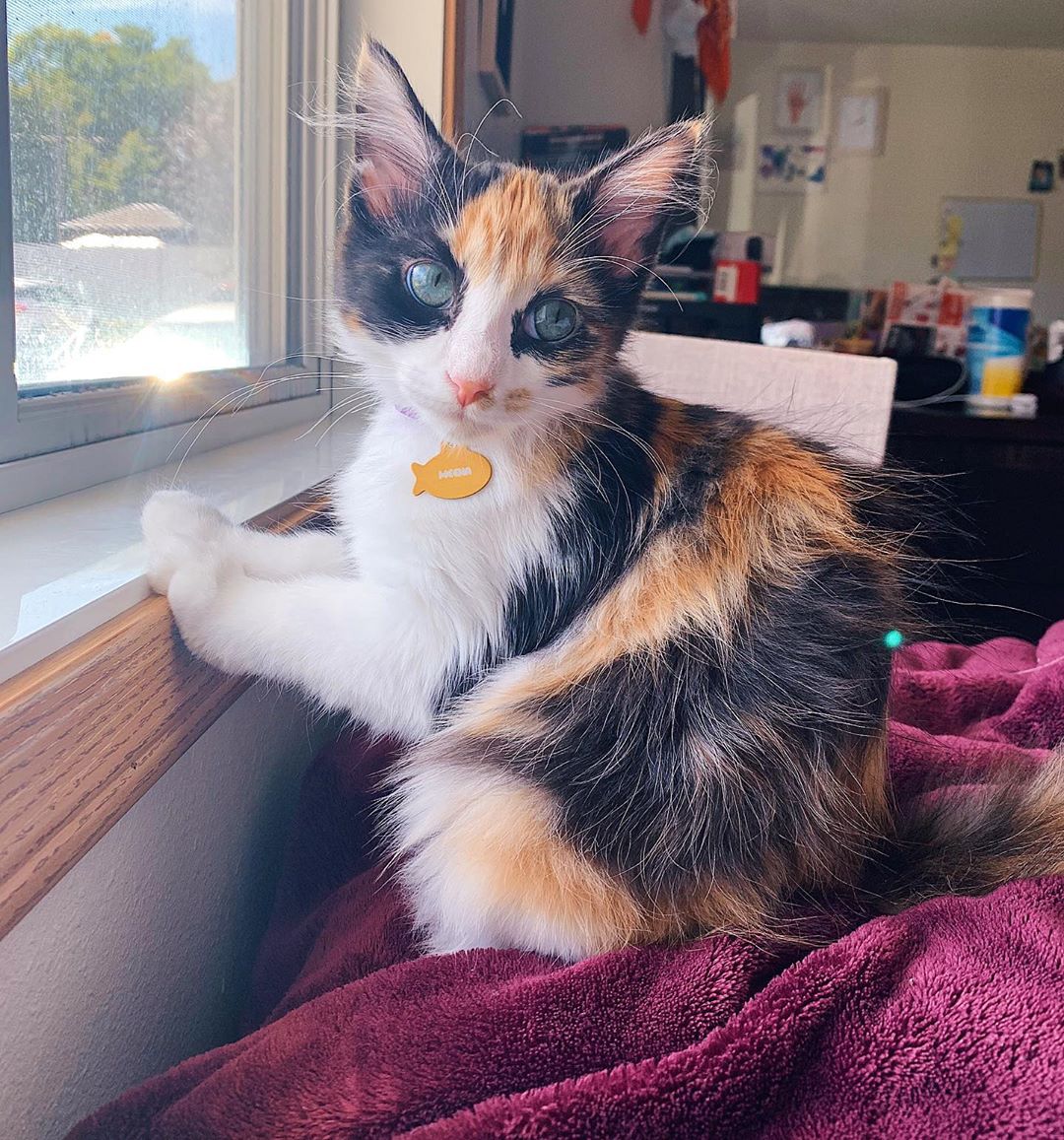
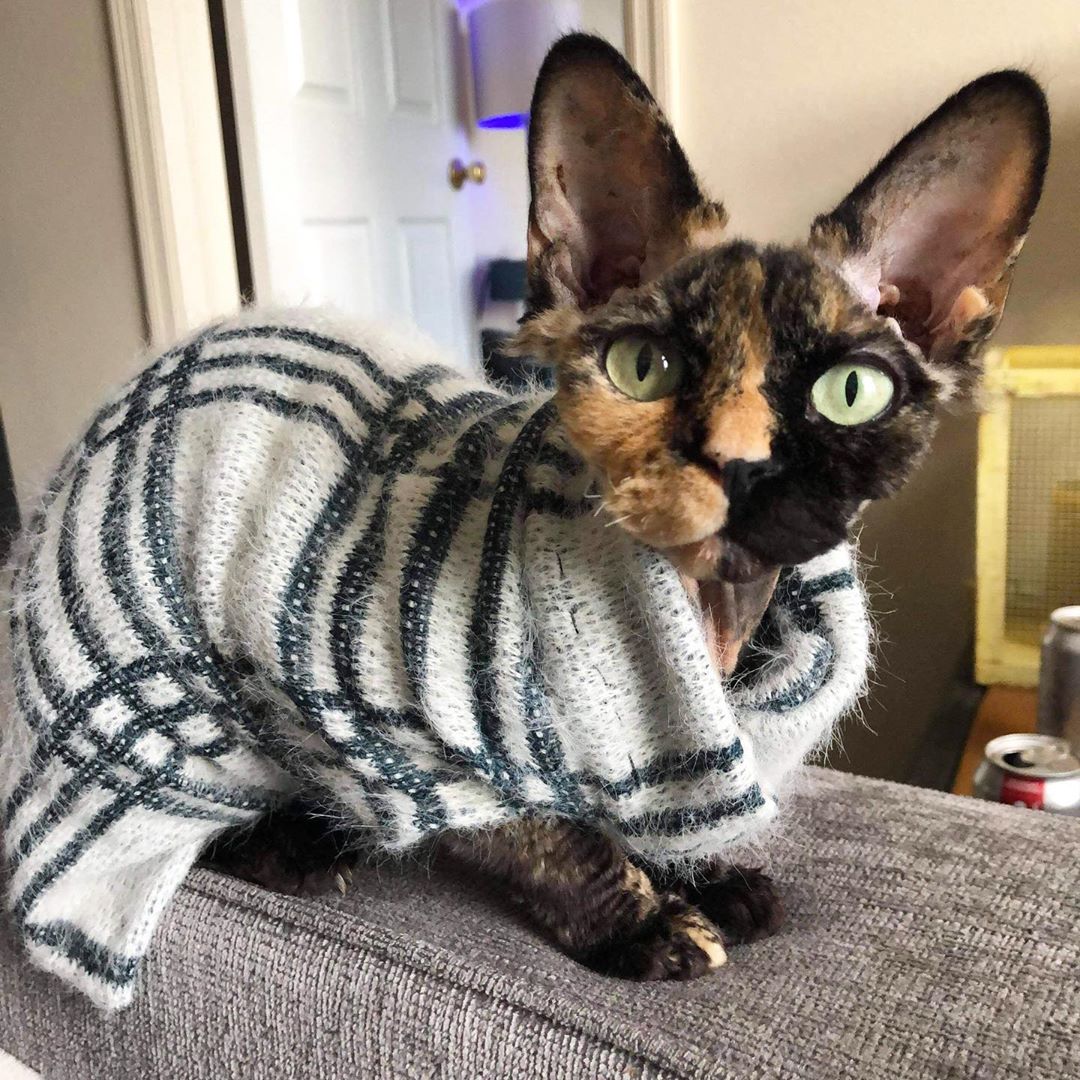
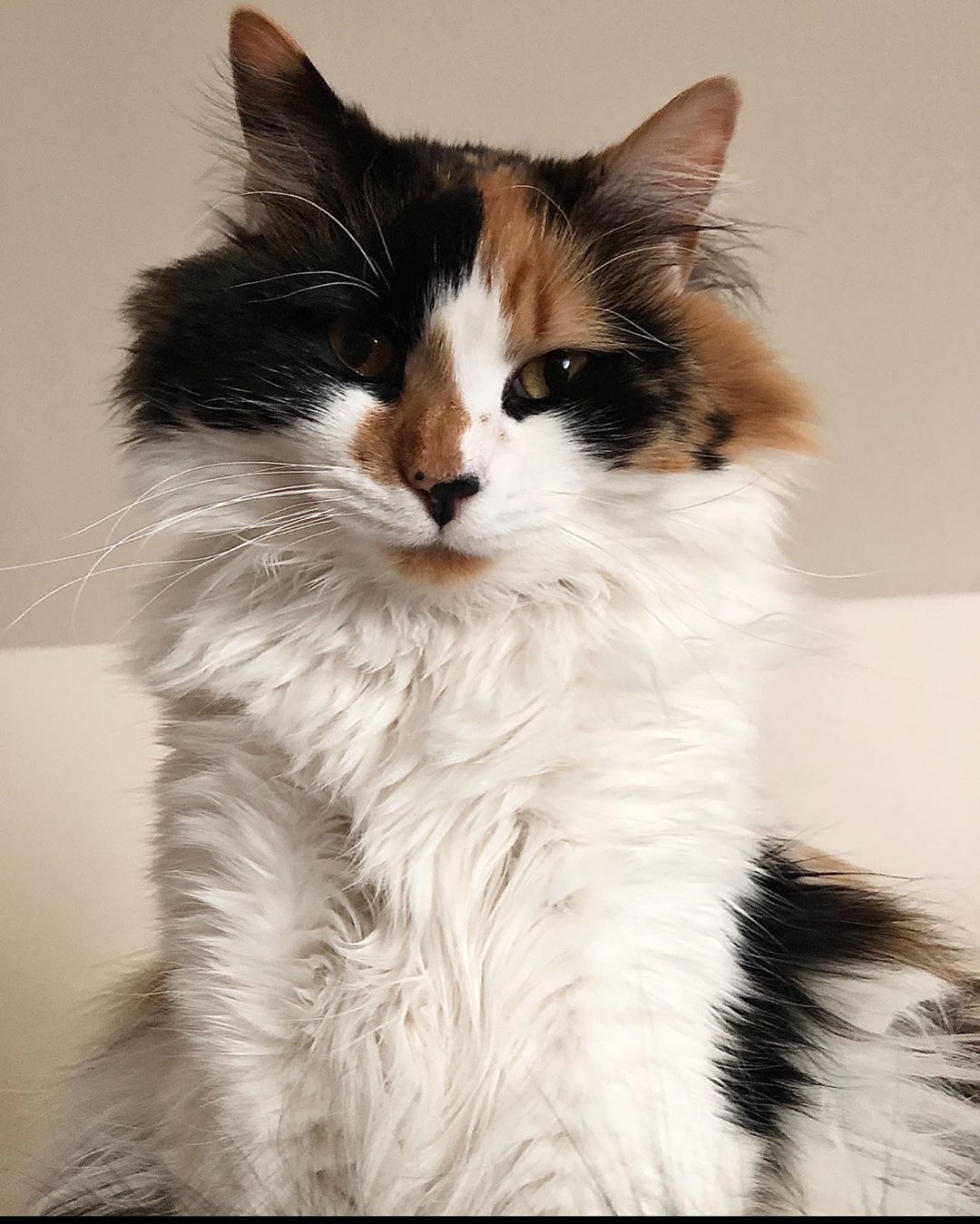
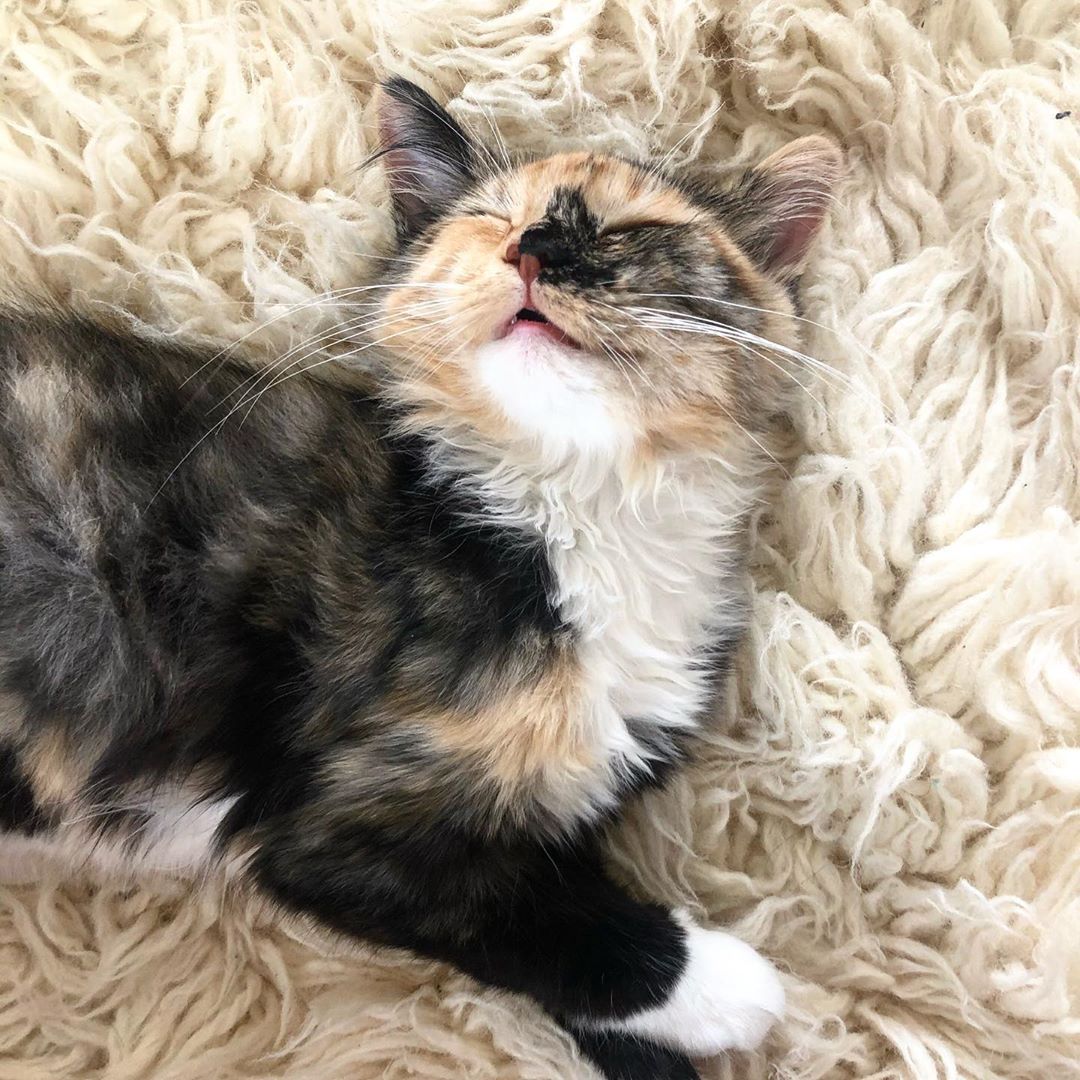
Post a Comment